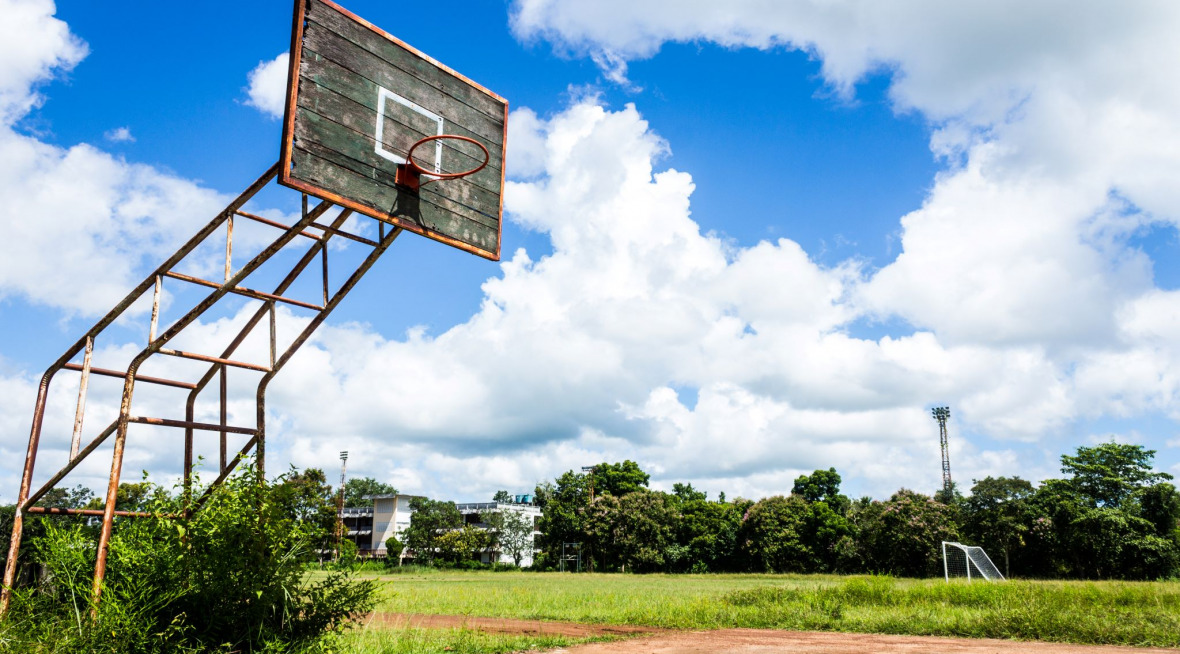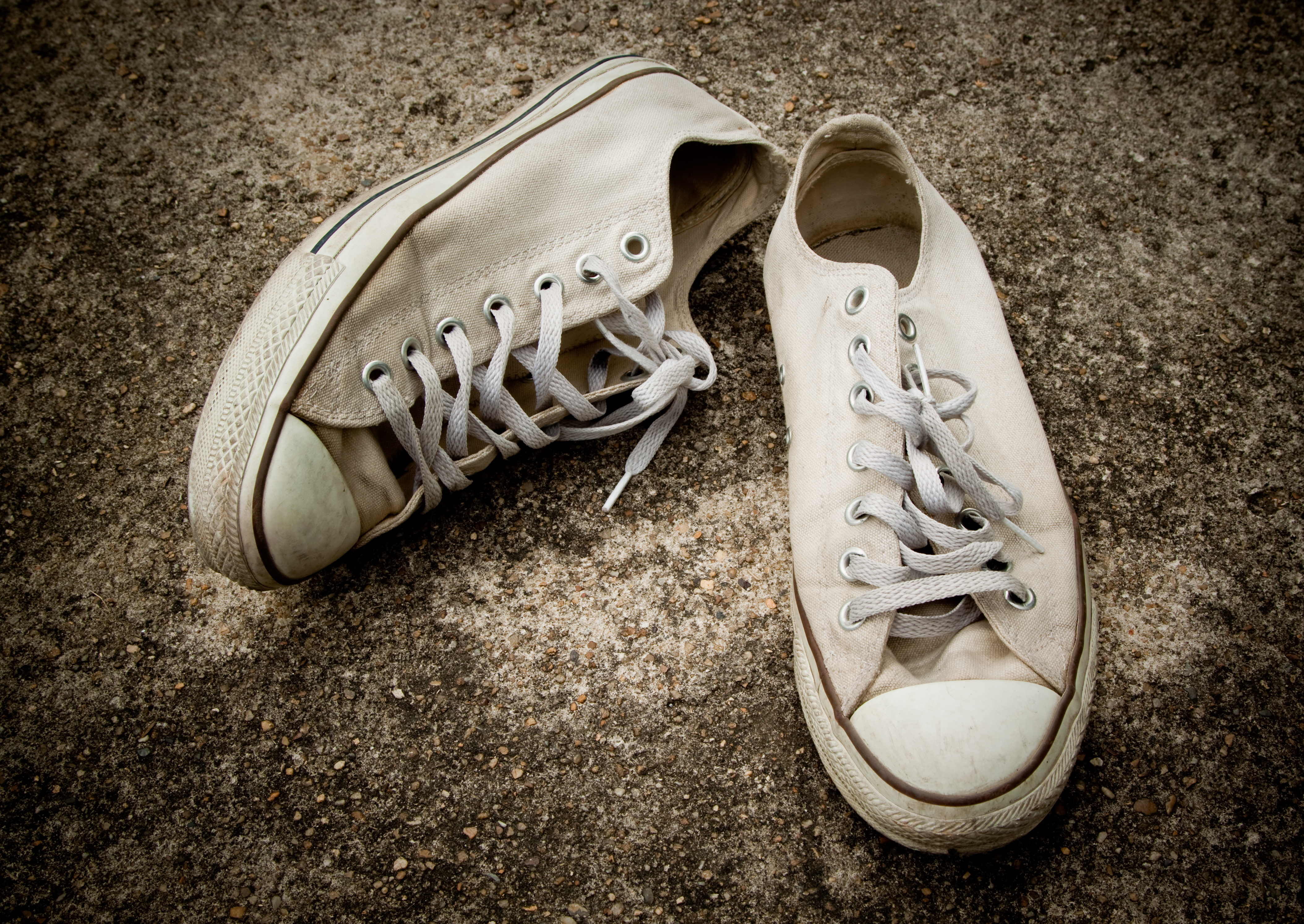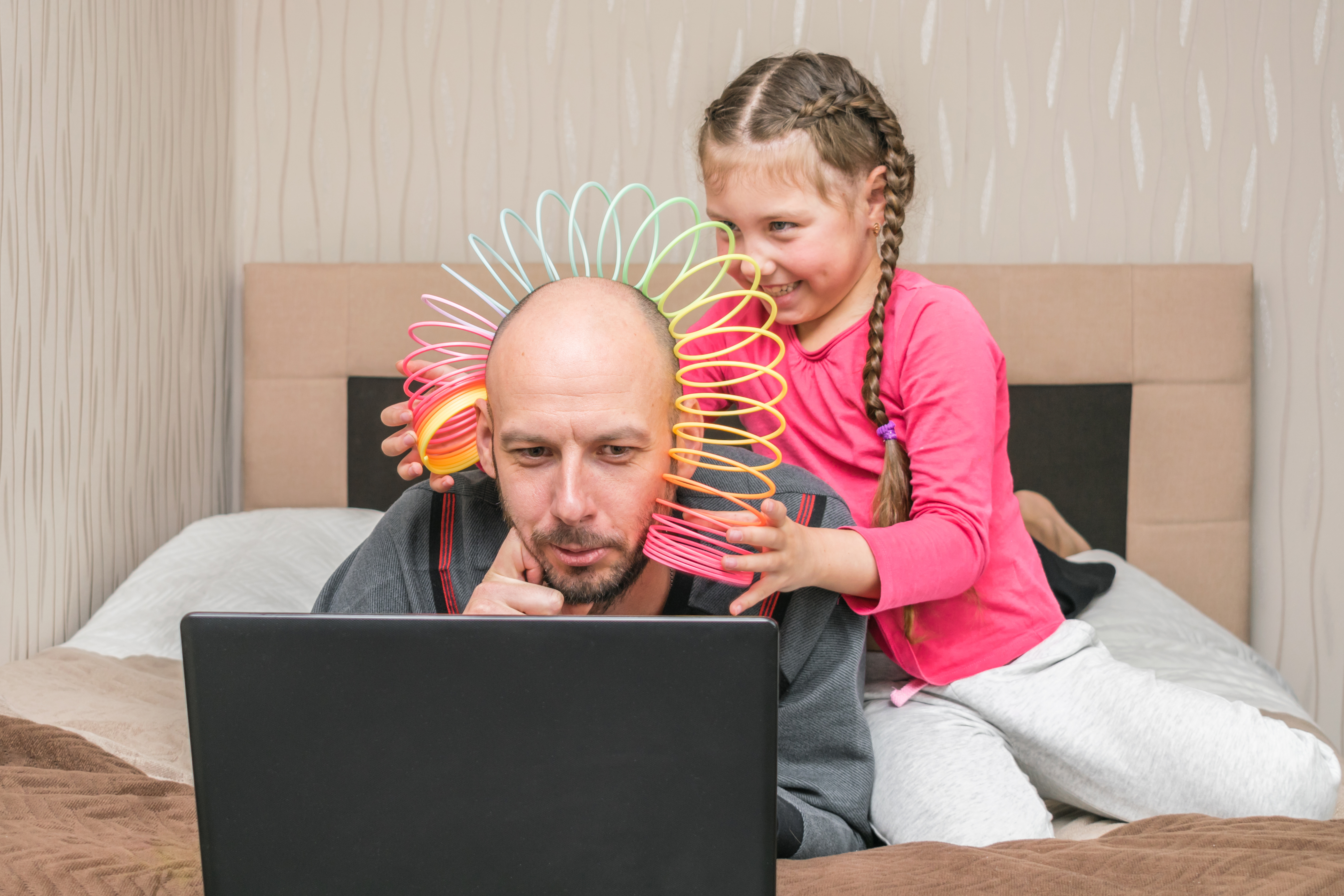We use cookies to maximize your online experience with us. By closing this window, you consent to our cookie policy. You can change your cookie settings in your browser any time. For more information, please see our Privacy Policy located on the footer of this site.
Is Good… Good Enough? The Power of Milieu

Originally published by Steven Lang on LinkedIn on May 28, 2020
Success is no accident. Sure, you might get lucky once or twice but the people and organizations who have demonstrated and sustained success do so through determination and hard work repeated over time.
But what else…what are the other contributing factors to success? Your environment, raw talent, teammates, teamwork, even family or your upbringing – your milieu. Most would agree that all or some combination of these factors improve the odds of success. Like supporting actors in a movie, these attributes are critical components for success. With a winning recipe that is unique to each situation, these factors arrange themselves in a way that produces GREATNESS. Sometimes, with the great ones, the seemingly individual, intangible and divergent assets come together like a magnet to produce shear magic.
We see this in winning sports teams all the time. This is what great legends are made of. When the tangible talent and the intangible environment come together, great performances are often the result. Perhaps the business lingo for this unity is called optimization. But just what is optimization? What’s in the chemistry? Like the complexity of a DNA sequence, there are many factors that work in concert with each other to play a role in optimizing an organization or a team’s performance. So, what can we learn about optimization from taking a closer look at other “performance arts”?
Good Enough:

Could a professional basketball team, wearing old Chuck Taylor canvas sneakers playing on a dirt court with chain-link hoops and a wood backboard in the middle of an empty park win a championship? Yes, of course they could. (We’ve all been watching ‘The Last Dance’ documentary series about Michael Jordan and the 6-time champions Chicago Bulls – we know how good they are.) But on dirt they wouldn’t be playing at their best. The edge they get from wearing the latest shoes and running up and down a hard court equipped with the latest tools and technologies and surrounded by tens of thousands of adoring fans who themselves create another home court edge. By the way, don’t we think that their competition is seeking that exact same edge. Or perhaps a yet to be discovered new edge they can capitalize on. Sports is a game of inches or seconds. It’s all in the details and often the little bit extra is the difference between the WIN and 2nd place. The same is true in business.
Could a Broadway cast perform in a high school theater with the school band run by students rather than the usual pro-level stage crew and professional musical ensemble? Again, yes. But their experience would be vastly different. The audience’s experience would be vastly different. Many of us are excited that ‘Hamilton’ will soon be available to watch from home on Disney+. It’s the original Broadway cast, including Lin-Manuel Miranda, filmed during their live Broadway performances a few years ago, so we know it’s going to be a great show. But how different will it feel to be watching from our living rooms instead of from a seat inside the Richard Rodgers Theater? Is it good enough? Do we need live theatre?
Getting Personal:
This crisis has certainly created, perhaps demanded, new ways to connect – albeit virtual. The crisis has been the opportunity to see the other side of our heroes, at home, unplugged, and with their hair down. A voyeur’s peak into the surroundings of others with whom we are used to interacting with much differently. Saturday Night Live from home with live shows from cast members, hosts and guests all connecting and collaborating for comedic performance from home. Many musicians and actors are plugging in (or unplugging) to sing, perform or just be part of the celebrity watch party experiment. What is this watch party anyway and why does anyone “watch”?

Now consider your own work. While office buildings are closed, you’re probably working from home, maybe sitting at your kitchen table with a laptop, connecting to your colleagues and clients via countless virtual meetings. Hopefully you’re feeling productive, you’re enjoying the extra time with family, the zero-time commute, and the easy access to your refrigerator. But is it the same feeling you have as being in the office?
No. None of this is ideal. It works for a portion of your work, but that’s not the whole picture. It’s okay! This IS our current short-term scenario. We have to make it okay. Our health and safety come first. Now and always. But given the choice, the NBA team would almost certainly choose to play on the dirt court than not play at all. As it stands now they’ll play without all of us there. Similarly, the Broadway cast would take that high school theater and crew over nothing. And during today’s pandemic there’s been no shortage of live online concerts to keep us entertained. It’s good enough, and reflective of the fact that our society is generally good at making a bad situation do-able for now. We’re resilient when we need to be. But we’re still motivated to make things better in the long-term. As rock musician Dave Grohl recently wrote in The Atlantic, “I don’t know when it will be safe to sing arm in arm at the top of our lungs. But we will do it again, because we have to.”
We Humans are social creatures: We live, we work and we adapt… together.
Direct social interactions are part of our DNA. Temporary accommodations to suppress the spread of a contagion, while important, will inevitably give way to proper balancing of our basic safety AND social needs at work and in life. We will eventually regain our own personal fulfillment and balance.
Yes, we can be connected virtually and share meaningful information, insights and ideas. In fact, these virtual connections have given us all some interesting behind-the-scenes peeks into each other’s personal realms, in many cases bringing us closer together in new and different ways. There is something humanizing about seeing everyone, even celebrities in their homes, needing haircuts and juggling life like the rest of us. It helps us recognize that we’re all part of the same human tribe. This is a good thing. But, it shouldn’t be the only thing.
While the definition of the workplace and our physical work environment is being redefined, we are simultaneously gaining the experiential understanding that how we work is evolving just as rapidly. We’re beginning to realize that different work modes require different work settings for peak performance. Just as there are different modes of transportation to get you where you need to go most efficiently, so too are there different work settings to allow you to do your best work. For most of us, our work is more portable and more specialized that it used to be. Throughout our days, we move to different spaces (even virtual ones) to complete different types of tasks. For a sports team the home field or court, the practice facility, the weight room, the team/film room, the locker room, the press room all are designed to do different things at different times to create or enable success.
Places matter to sports teams. And their power to choose specific places and control the details within them matters just as much. This also matters to performance-based organizations who recognize that place is a powerful asset that they can leverage over time. It’s why they’ve invested in creating spaces that are their own best supporting actors, that help them optimize their work. It’s also why we’re not truly optimized right now, because we’ve temporarily lost this connection to space, and the power to choose and control it. Being face-to-face in a physical space will always be important. In certain settings, we aren’t optimized without proper social interaction. So this has to be an “and” situation, not an “or” situation. We shouldn’t have to choose office or home. We simply need to redefine the balance between choice and control. Between how and where. Soon this too will become instinctual. New habits will form to support the specialization and delineation of what work needs to get done.
Wherever you work – from home, in an office, in another location – Leaders — Optimize
If you’re working from home, you’re not optimized if you’re working from a dining room chair or hunched over a folding table in your closet. If you’re in a virtual team meeting but your team members don’t turn on their cameras you’re not optimized. If some are in the office but others are feeling left out at home you’re not optimized. Don’t we need to be optimized? Your work is not a practice session. Results matter. Competition for clients, for talent, doesn’t go away even during a pandemic. Leading organizations will always choose the best environments, resources and people to succeed, just as leading teams will choose the best sports venues, facilities, equipment and team members to win. Equipment, talent, coaching, practice, strategy, goals, commitment and yes PLACE matter.

When any one factor is not operating at its peak, the odds of winning, the odds of doing our best work, decrease and the costs of poor performance increase dramatically. When success matters, “good enough” is well…. NOT actually good at all. Or worse yet, it’s spending time, money and effort just to stay out of trouble.
None of us is optimized right now, and we have to be okay with that. But we also can’t give up hope. We need to take the necessary steps that inch us closer to the best version of who we can become. Our economy will eventually start to perform at its peak again soon. Will you be ready? Will they?
Part one of this series explored the need to ask the right questions in determining what happens post-COVID. Part three begins to discuss what the new normal will be.


